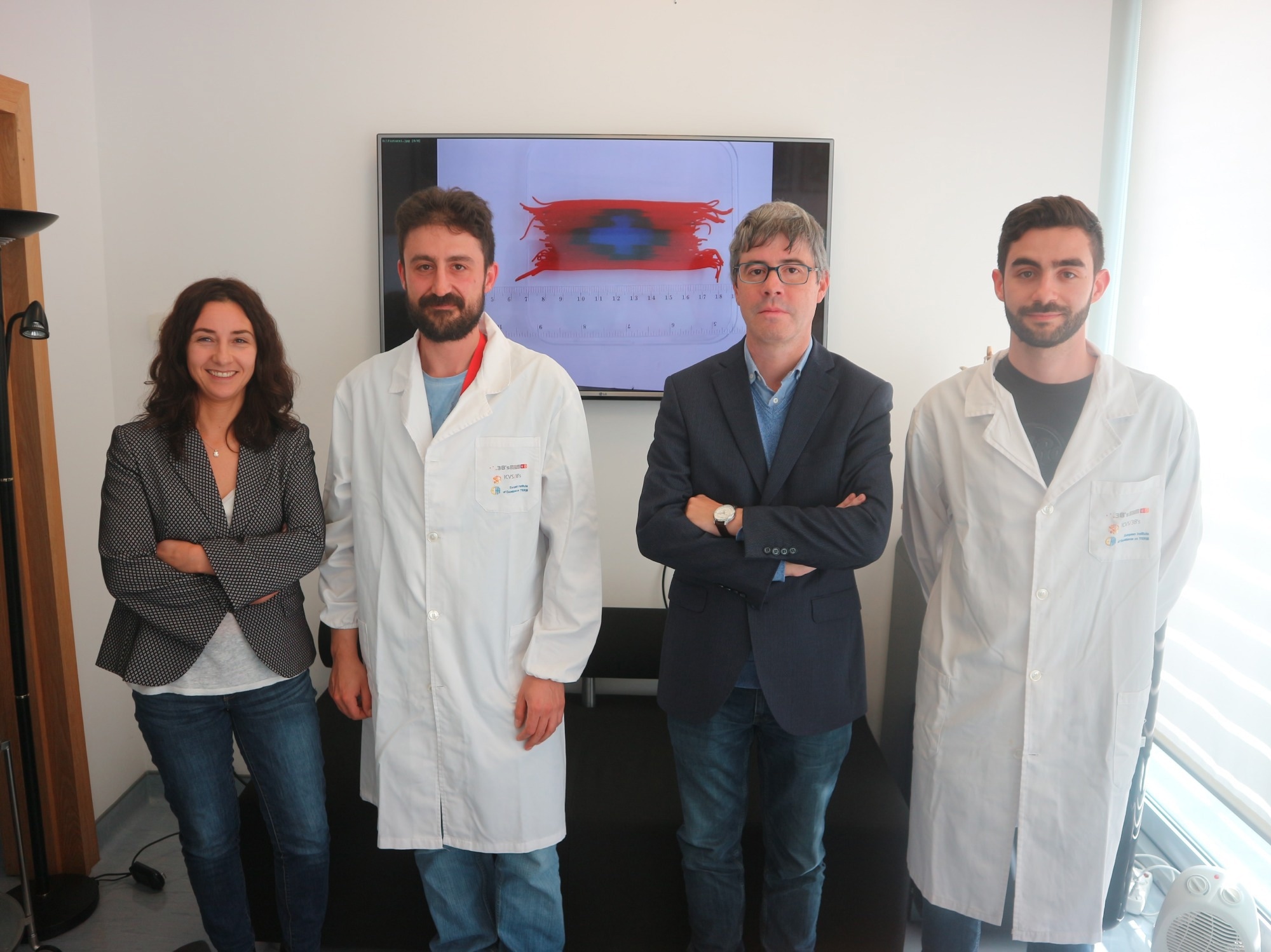The 3B’s Research Group at the University of Minho, Portugal, is using microfluidics technologies from Dolomite Microfluidics to create complex hydrogel structures that can mimic biological microenvironments. The laboratory has developed a unique biofabrication technique that uses a three-dimensional (3D) hydrodynamic flow focusing (FF) chip to reproducibly and precisely generate hydrogel microfiber configurations with specific geometrical configurations for various biological applications.

Image Credit: Dolomite Microfluidics
Hydrogel microfiber structures have far-reaching potential in the biomedical field, allowing modeling of the microenvironments of different biological tissues and disease pathologies, including cancers. The 3B’s Group is using a microfluidics-based approach – typically used for generating extremely monodisperse droplets – to create complex geometries and architectures at very small scales. Lucas Gasperini, a postdoctoral researcher in the group, explained how the FF microfluidics chip is used: “The chip has a pore where the separate microfluidic channels meet to create a focused stream, causing the hydrogels to naturally organize into advanced architectures. Simply by modulating the pressure and viscosity of fluids, we can generate a wide variety of architectures within hydrogel microfibers, including a number of distributions that were previously unknown in the literature.”
We chose to work with Dolomite because the reusability of the microfluidics chips makes them very cost effective. After cleaning the glass chip with strong solvents, we effectively end up with a new chip, and this robustness and chemical resistance are key for our application. The results are very repeatable, and we can obtain a certain shape and distribution of material within the fiber very reproducibly.”
Carlos F Guimarães, Postdoctoral Researcher in the Group.
The Dolomite system provides very good reproducibility, making this a powerful platform for our research. Looking to the future, these chips, along with our toolbox of hydrogels, should enable us to create cancer models on a tissue engineering scale, furthering our understanding of oncobiology.”
Lucas Gasperini, Postdoctoral Researcher in the Group